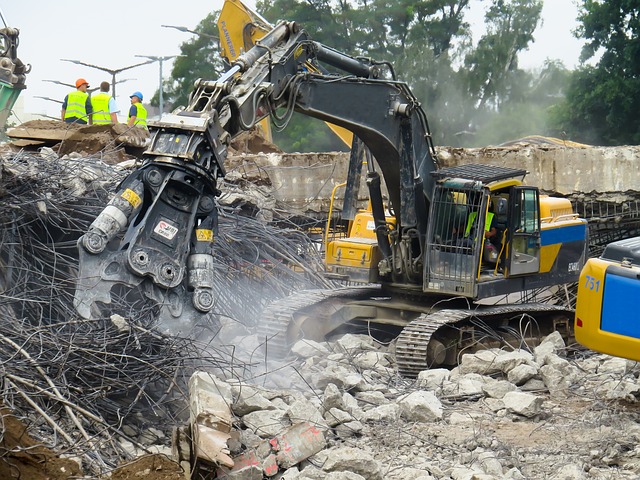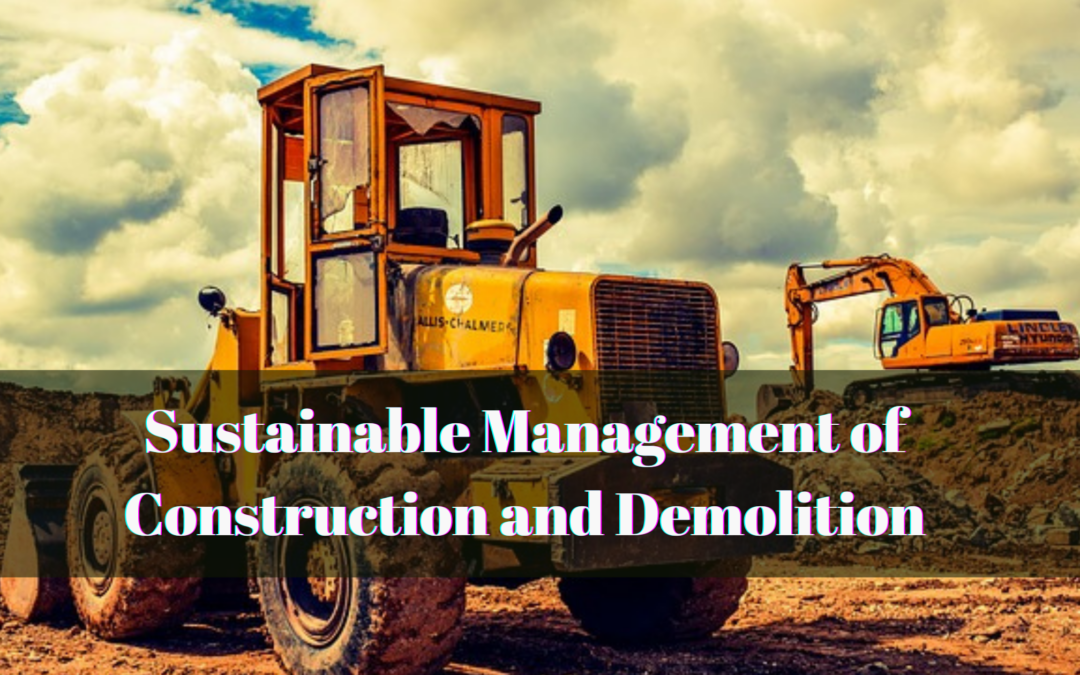If you’re planning a construction or demolition project, you may be looking for ways to minimize your impact on the environment. By implementing sustainable building practices, you can build your dream skyscraper or tear down an unstable building without damaging the land nearby.
A few impacts of these activities include:
If you’re planning a construction or demolition project, you may be looking for ways to minimize your impact on the environment. By implementing sustainable building practices, you can build your dream skyscraper or tear down an unstable building without damaging the land nearby.
A few impacts of these activities include:
- Harmful resource extraction
- Excessive waste materials
- Machines that emit pollution
The owner of Skyline Cranes, a crane rental company, has found that customers these days are more eco-conscious than ever. Part of having a successful business in the construction and demolition industry is adhering to environmentally friendly standards.
In this article, we’re going to explore a few ways that contractors can make construction and demolition projects more sustainable:
Managing Construction & Demolition Debris
One of the main concerns with these projects is that they generate a significant amount of debris. Waste management techniques should be a pivotal part of any construction or demolition plan.
Since contractors will inevitably deal with a lot of debris, the question becomes: what’s the best way to manage it?
Reusing materials instead of discarding them will limit your contributions to landfills. Given the devastating impact of landfills, this practice is especially important when you’re dealing with large volumes of waste. Consider whether you can use those materials for a future project.
If you can’t find another purpose for the waste, you can recycle it, too. But to recycle efficiently, you’ll need to separate all the materials.

Choosing Sustainable Materials
When you’re drafting blueprints for a new building, it’s important to think beyond how it will look when it’s finished—you must also consider what the impact of its construction will be.
- Sourcing materials. In a global marketplace, it’s difficult to trace the origins of the products we buy. How do we know if we’re buying materials that are sourced sustainably? You may need to speak directly to the suppliers to find out where their wood, metal, or other products come from.
- Minimizing waste. Can the materials used for your building be repurposed in the future? Just as we are seeing a shift away from single-use plastics, we should also use construction debris that can be recycled.
- Thinking ahead. Consumer culture focuses on getting rid of the old and replacing it with something new. But how will those discarded materials degrade over time? Look for biodegradable building materials that won’t stick around longer than they need to.
With each step in a construction project, you have a choice to make: should you do what’s cheapest, or what’s more sustainable? Budget and time constraints may limit your ability to be as eco-friendly as you might like. But whenever possible, try to go the extra mile to make your construction project greener.
Handling Hazardous Waste
Some materials may be contaminated with asbestos, lead paint, and other chemicals. These items can’t be recycled at a traditional facility; they need to be disposed of at a site that’s equipped to manage them.
If hazardous materials aren’t properly sorted, they can contaminate a batch of other recyclable goods. They could also damage the environment if they’re disposed of in a landfill rather than a hazardous waste facility.
Working With Ecologically Conscious Companies
When you’re scheduling demolition services, take a closer look at the policies of each business you consult with. You can ask questions like:
- What are they doing to promote greener practices in the demolition industry?
- Do they offer waste removal services? If so, do they recycle or reuse those materials?
- How will they demolish the structure without damaging nearby trees or grasslands?
During this process, we caution you to be on the lookout for greenwashing. This is a marketing tactic where companies deceive consumers into believing that they prioritize sustainability, whereas, in reality, it’s a ploy used to drum up more business.
Rather than taking claims at face value, dig deeper to find out if these companies are really offering what they promise.
Finding Alternatives
In some cases, it’s easier to start with a blank slate than work with what we have. But one way to promote sustainability is to reduce the amount of energy and materials we consume. Instead of demolishing a building, you might consider restorative services instead.
The choices we make each day impact the future of our planet. When planning a large-scale project like construction or demolition, it’s easy to lose sight of how it might affect the land nearby. Taking steps to employ sustainable building practices goes a long way in minimizing environmental damage.
P.S: Did you enjoy reading this article? We’d love to hear from you. Please leave a comment below. For more FREE online learning opportunities, Join the EAT FREE Community! Where you can make a little money, making the planet better!



